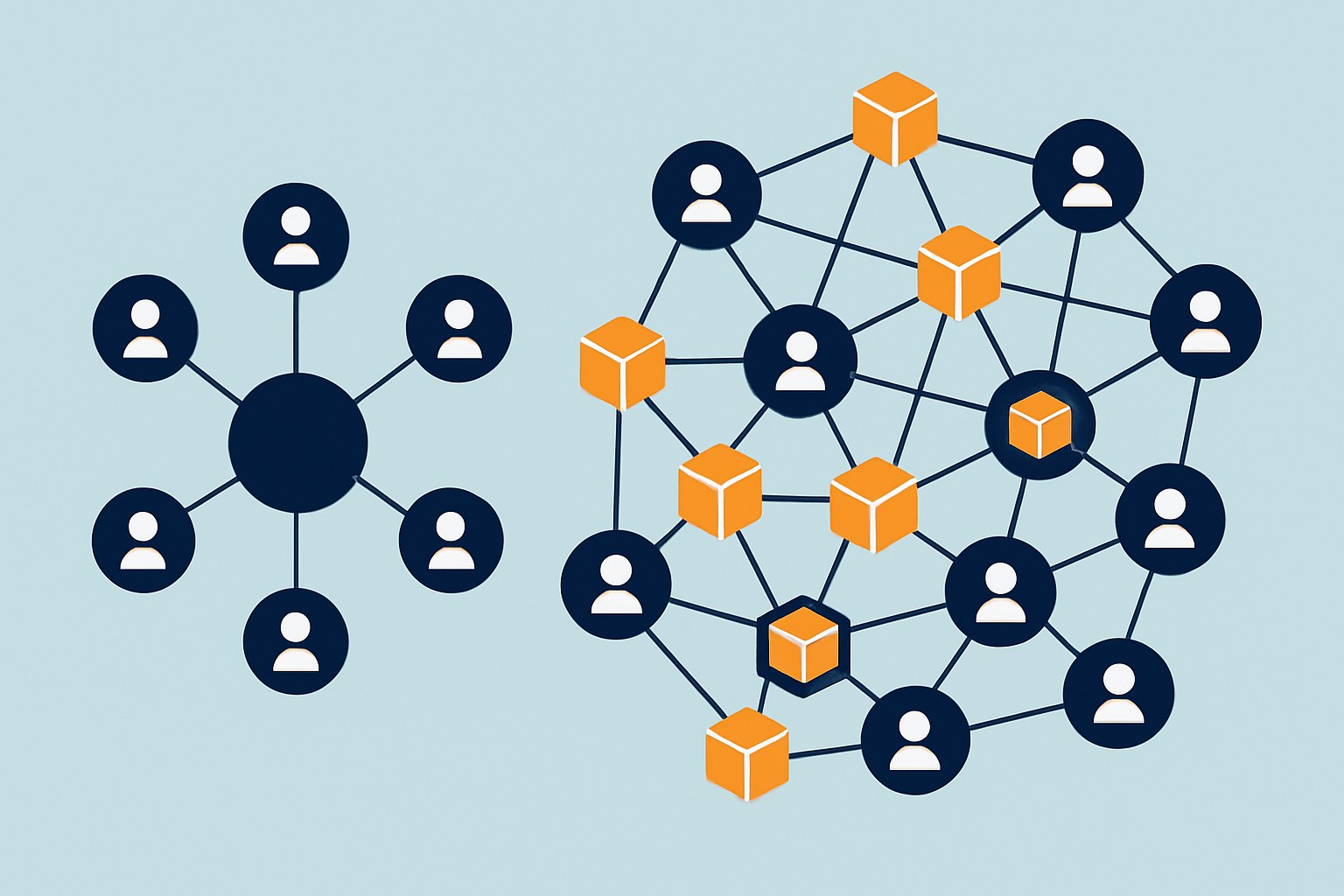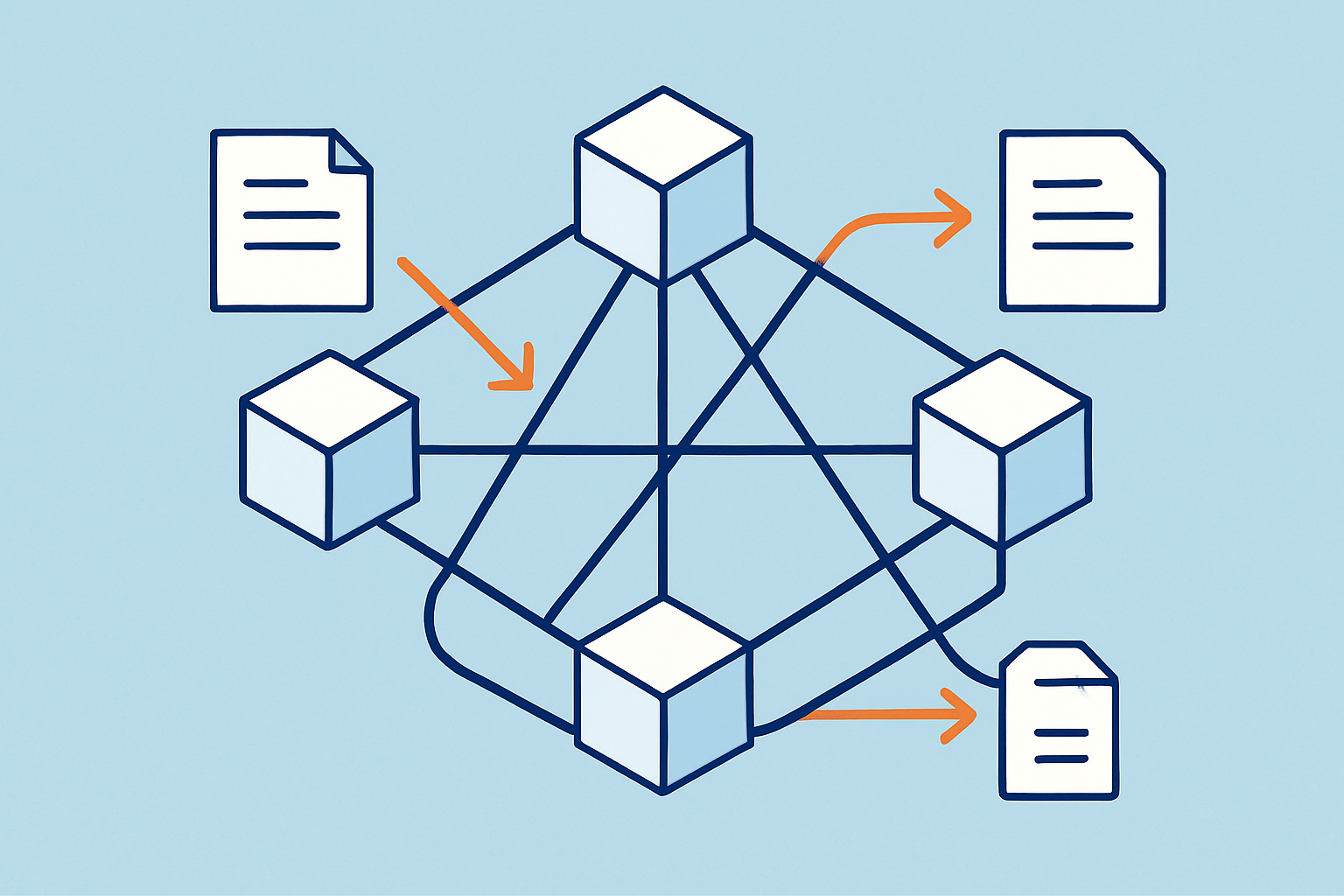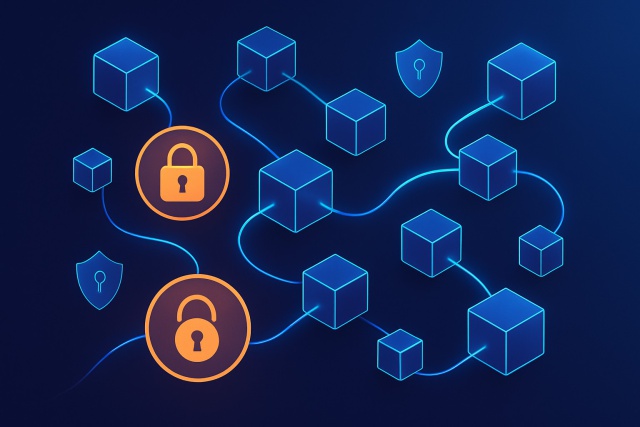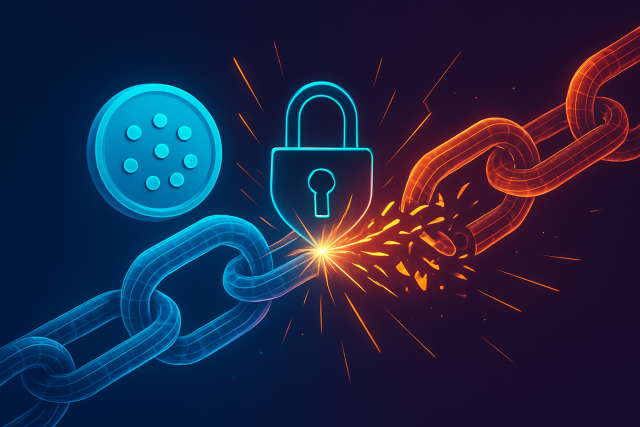What Is Peer-to-Peer Networks Compared to Centralized Networks?


When exploring what is peer to peer networking, you'll find peer-to-peer (P2P) networks and centralized networks are the two big players when it comes to how devices hook up and trade data.
What Exactly Is Peer-to-Peer (P2P) Networking and What Is Peer to Peer?
A peer-to-peer network is basically a setup where devices connect and share information directly with each other without leaning on a central server.
- Devices link up directly with one another without needing a central hub
- Peers can freely share resources like files and bandwidth, making teamwork effortless
- The network operates without any central authority for management or control, giving it a decentralized vibe
- As more nodes join, the network handles the expansion well without losing steam
- If one peer goes offline, the rest keep things humming along without missing a beat
Common uses of P2P networks include BitTorrent for file sharing, where users grab pieces of files from multiple peers all at once—making downloads feel a bit like a team effort. Skype originally leaned on P2P to juggle voice calls, cleverly sidestepping the need for any dedicated servers.
What Exactly Are Centralized Networks Anyway
Centralized networks lean on a main server or a cluster of servers to handle and coordinate all the back-and-forth between devices. Think of it like a library with a central desk keeping track of every book borrowed and returned
- A single control point keeps an eye on both network traffic and data flow like a vigilant traffic cop for your digital highways
- Devices lean on the central server to keep their chatter coordinated and ensure everyone’s on the same page
- Centralized management tools simplify administration and make the process feel less like herding cats
- Server capacity hiccups can turn into frustrating bottlenecks that slow things down when you least want it
- Security risks tend to zero in on the central server and make it a prime target for attacks, so keeping it locked down is key
A bunch of everyday digital services run on centralized networks. Take your email provider for example—they stash your messages in central servers like a digital filing cabinet. Social media platforms keep a close eye on interactions through their own centralized setups to ensure everything flows.
Main Differences Between Peer-to-Peer and Centralized Networks That Set Them Apart
| Aspect | Peer-to-Peer Networks | Centralized Networks |
|---|---|---|
| Structure | Decentralized, with all nodes playing an equal part | Communication is steered by a central server |
| Control | Shared among all peers, spreading the responsibilities | Managed by a single authority or a tight-knit group |
| Data Flow | Devices chat directly with each other, no middleman needed | Data takes a pit stop at a central server |
| Security | Tough against single points of failure but can get tricky to manage | Central server is the prime target, though easier to keep an eye on |
| Reliability | Fault tolerance is high since peers back each other up | Depends heavily on the central server’s uptime |
| Scalability | Usually gets better as more nodes jump in, easing bottlenecks | Limited by how much the central server can juggle |
| Examples | BitTorrent, blockchain platforms, Skype | Gmail, Facebook, classic banking databases |
These structural differences tend to have a real impact on speed, security and how much control users actually get to wield. Centralized networks usually mean easier management and steadier, more predictable performance. But that convenience comes with a catch—a single point of failure lurking in the shadows. Meanwhile, P2P systems spread the risk and authority all around, making them tougher nuts to crack and resistant to censorship.
Pros and Cons of Peer-to-Peer Networks
When it comes to peer-to-peer networks, there’s a bit of a tug-of-war going on—like most tech choices, they come with their own set of perks and quirks. On one hand, you’ve got the charm of direct connections where each participant can both share and access resources without a middleman slowing things down. On the flip side, keeping everything secure and running smoothly can sometimes feel like trying to herd cats. Let’s dive in and break down the highlights and the headaches that come with P2P networks.
P2P networks are generally more fault tolerant since they don’t rely on a single point of failure. This usually makes them much more resilient over time.
They spread the workload across many peers helping to dodge bottlenecks that could slow everything down.
Decentralization boosts resistance to censorship because no single player holds the keys to the kingdom and can easily block or control communication.
These networks tend to scale smoothly as more devices join, often increasing overall capacity.
Sharing resources cuts down costs and pumps up efficiency by tapping into the bandwidth and storage of peer devices.
Wrangling and coordinating a decentralized network can be a handful compared to straightforward centralized setups.
Keeping data consistent can be a challenge since peers might carry slightly different versions of the same info, causing some head-scratching moments.
Security is something to keep an eye on because trust levels between peers vary widely. Solid protocols are a must to fend off malicious shenanigans.
Pros and Cons of Centralized Networks
Centralized networks have their fair share of perks and pitfalls. On the plus side, they offer straightforward management and easier control, which means less headache when things need fixing or upgrading. However, the flip side is that they can become a single point of failure, something that can keep network engineers up at night. In my experience, while centralized systems simplify some aspects, they can also bottleneck performance and pose security risks that shouldn’t be overlooked. It is a bit like having all your eggs in one basket—convenient until that basket gets shaky.
Centralized networks simplify management by having a clear authority running the show, which usually keeps things neat and tidy.
Security measures are easier to enforce consistently from one central spot, making oversight feel a bit less like herding cats.
Keeping data consistent tends to be a breeze when there’s just one trusted source to rely on.
Updates and maintenance generally go off without a hitch when pushed through centralized servers, saving a lot of headaches.
Centralized systems do have a weak spot if the main control point falters or gets attacked, it can cause quite the domino effect.
Scalability sometimes hits a wall because server capacity can turn into a real bottleneck when demand spikes unexpectedly.
Centralized control can occasionally turn into a double-edged sword, leading to censorship or abuse of power that ends up cramping user freedoms.
Deciding between centralized and peer-to-peer networks usually boils down to the specific use case at hand. Centralized networks shine in environments that demand tight control or strict regulatory compliance or straightforward management. Peer-to-peer networks come out ahead when decentralization adds security and resilience, such as with blockchain platforms, file sharing or distributed computing.
How Peer-to-Peer Networks Power Up Blockchain Technology
Blockchain technology leans heavily on peer-to-peer networks to share and maintain its public ledger. This decentralized approach bolsters security and transparency and helps hold the line against censorship.
- Each node in the blockchain’s peer-to-peer network holds a complete copy of the ledger, so there’s no single weak link where everything could come crashing down.
- Peers team up to verify and agree on new transactions, working together like a well-oiled machine to keep the data honest and secure.
- This decentralized setup naturally pushes back against censorship and manipulation by spreading control across a wide group of participants.
- Cutting out the middlemen usually causes costs to take a nosedive and trust builds up, leaning on cryptographic proof rather than one central authority calling all the shots.
When a new transaction pops up, a blockchain node quickly shares it with its connected peers. Those peers give the transaction a once-over and then pass it along, making sure all nodes stay in sync without having to lean on any central authority.

Common Misunderstandings about Peer-to-Peer Networks
Let's clear the air on some of the usual mix-ups that tend to trip people up when it comes to peer-to-peer networks. These networks might seem straightforward at a glance, but, as with anything techy, there’s a little more under the hood than meets the eye.
- P2P networks often get a bad rap for being insecure but they rely on robust encryption and clever consensus algorithms that keep data safe.
- People tend to assume peer networks crawl at a snail’s pace. Many P2P setups actually boost speed by juggling multiple connections simultaneously—pretty neat, right
- People often box P2P into just file sharing but it’s the backbone of many blockchain projects and communication platforms too.
- Centralized servers usually get credit for reliability but P2P can surprise you by offering better availability since it avoids the dreaded single point of failure.
- Reputation systems and transparency tools help keep trust intact with no sweat.
Clearing up these common misunderstandings helps readers get a much clearer picture of what P2P networks really bring to the table—and just as importantly, what they don’t.
Future Trends Why Peer-to-Peer Networks Are Gaining Ground and Here to Stay
Peer-to-peer networks are quietly taking center stage especially with shiny new tech like decentralized finance (DeFi). This nifty system lets people handle financial transactions without the usual middlemen—yep, those central banks. Then you have distributed cloud storage platforms such as IPFS, which cleverly use P2P to stash data in a way that is both secure and redundant—like having multiple backups just in case.
Shifting over to P2P models generally gives privacy a nice little boost by cutting down on centralized data hoarding - that's exactly what is peer to peer all about. Plus, it sparks innovation because users get a bigger say in their own data and play a more active role.






